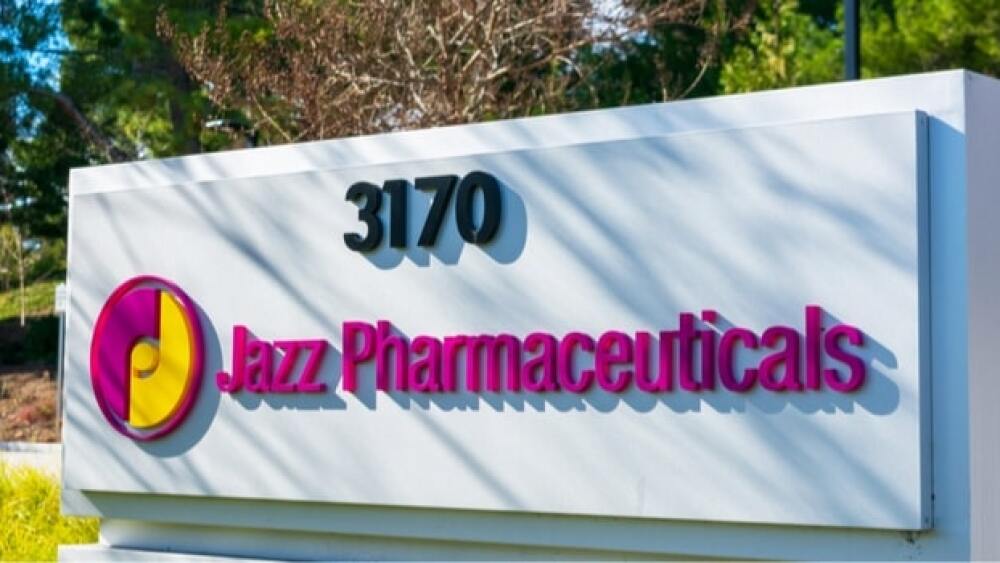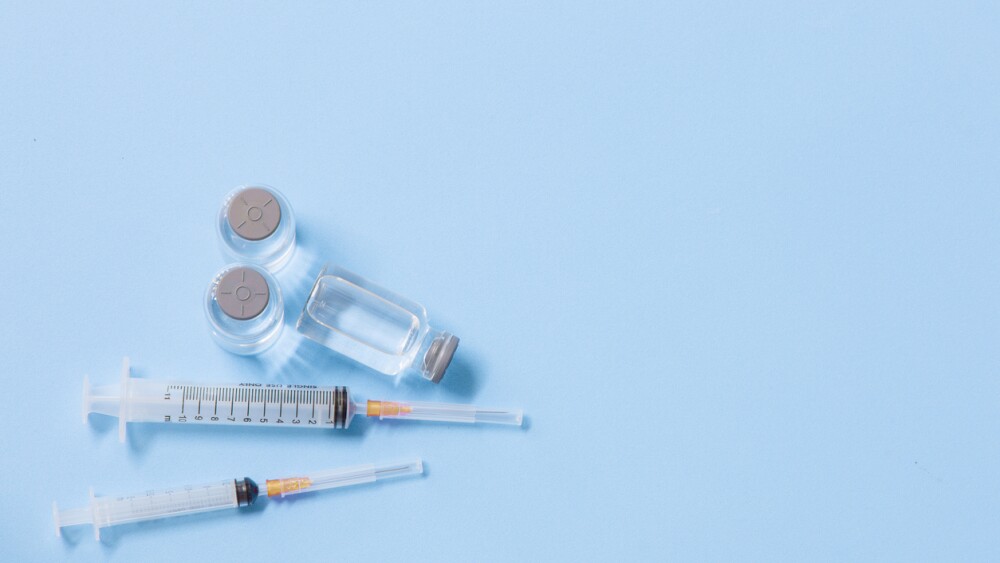The company’s vision for the next few years includes annual revenue of $5 billion by 2025 and the approval of at least five novel products by the end of the decade.
Courtesy Michael Vi/Shutterstock
After a strong 2021 that included the acquisition of GW Pharmaceuticals, the approval of acute lymphoblastic leukemia drug Rylaze and the achievement of $3 billion in annual revenue, Jazz Pharmaceuticals has set its sights on nearly doubling that return by 2025.
At the virtual J.P. Morgan Healthcare Conference this week, Jazz Founder, Chairman and Chief Executive Officer Bruce Cozadd outlined the company’s vision for the next few years which includes annual revenue of $5 billion by 2025 and the approval of at least five novel products by the end of the decade. In an interview with BioSpace, Cozadd said the company has seen significant growth over the past year, and that growth is projected to continue based on the strength of its existing products and developmental pipeline.
“We are building on our track record and our patient-centered approach. We laid out vision 2025 in order to give investors and employees a better sense of where we’re going,” Cozadd said.
Jazz Pharmaceuticals sees itself as a company that has expertise in neuroscience, which includes sleep and movement disorders, as well as oncology
One of the approved drugs leading the way for Jazz is Xywav, a low-sodium treatment option approved by the U.S. Food and Drug Administration in 2020 for both cataplexy and excessive daytime sleepiness in people living with narcolepsy. Cozadd said the growth potential for Xywav is expected to be about $2 billion in annual revenue.
Last year, Xywav received the green light from the FDA for idiopathic hypersomnia, an uncommon sleep disorder where patients experience excessive sleepiness during the day, regardless of the amount of sleep received the night before. The approval marked the first drug approved by the regulatory agency for this indication, Cozadd said. Additionally last year, the FDA recognized seven years of Orphan Drug Exclusivity for Xywav.
“Xywav is proving itself to be an important product for us,” Cozadd said, adding that the latest approval builds on the company’s leadership in treating sleep disorders. Cozadd said the sales team is working hard to ensure that prescribers and patients understand the availability of Xywav for this indication.
“This is a proven therapy that made a real difference in clinical trials,” he said.
Additional revenue drivers for the company include epilepsy drug Epidiolex, the first plant-derived cannabinoid medicine ever approved by the FDA, which Jazz gained in the GW acquisition, as well as oncology assets Zepzelca and Rylaze, which was approved last year. Rylaze was approved for use alongside a chemotherapy regimen for the treatment of ALL or lymphoblastic lymphoma (LBL) in pediatric and adult patients. Since its approval, Rylaze has launched in the United States and Cozadd said the company is seeking approval in Europe and other locations.
Beyond the approved products, Cozadd said the company has more than 20 compounds in various stages of development, including the enrollment of a Phase II study of JZP150, a potential therapeutic for post-traumatic stress disorder. Cozadd noted that PTSD is a disorder where there is severe unmet need. JZP150 is a highly selective inhibitor of the enzyme fatty acid amide hydrolase (FAAH). It is designed to address the underlying causes of PTSD, which include impairment of fear extinction and its consolidation.
Currently, there are no approved therapeutics that have been developed to treat the root cause of the psychiatric condition. Cozadd said the Phase II study is a proof-of-concept trial, but the company believes JZP150 holds substantial promise in ways that are relevant to treating PTSD.
Jazz Pharmaceuticals has rapidly grown its pipeline in the past seven years. It has expanded four-fold since 2015 with 18 novel candidates currently in development. Additionally, the company has completed 11 licensing and M&A deals since 2019, which have added five programs to its developmental pipeline. One of those includes Zepzelca, a drug approved in 2020 for patients with metastatic small cell lung cancer (SCLC). Jazz and Spain-based PharmaMar entered into a collaboration for this medication the year prior to its approval. Cozadd said the company could see additional approvals of Zepzelca in the coming years. Jazz is collaborating with Roche to initiate a Phase III pivotal clinical trial in first-line extensive-stage SCLC in combination with that company’s immunotherapy product, Tecentriq.
Based on the extensive growth and development of the pipeline, Cozadd expressed confidence it will yield at least five additional novel product approvals in areas of critical unmet patient need.
One of those products may come from the acquisition of GW Pharmaceuticals. Jazz is assessing Nabiximols, which is marketed as Sativex in Europe where it has received Marketing Authorization, in Multiple Sclerosis-associated spasticity. Nabiximols is a THC plus CBD oral spray, extracted from cannabis sativa plant material, designed for the treatment of painful spasticity and neuropathic pain in MS. Nabiximols is being assessed in multiple Phase III trials.
As 2022 gets underway, Cozadd said the company is continuing to maintain its focus on its science, as well as its employees, many of whom are working remotely due to the ongoing COVID-19 pandemic. Cozadd said the company is focused on ensuring that its employees maintain their connection with each other, as well as to the mission and values of Jazz Pharmaceuticals. He noted the company has launched several initiatives during the pandemic to support its employees during these difficult times.
“Even though much of the company has been working remotely, we want to make sure that we stay connected with each other,” he said.





